Descripción
Este texto presenta un tratamiento integral del procesamiento de señales y sistemas lineales adecuados para juniors y seniors en ingeniería eléctrica. Basado en el libro ampliamente utilizado de B. P. Lathi, Linear Systems and Signals, presenta aplicaciones adicionales para comunicaciones, controles y filtrado, así como nuevos capítulos sobre filtros analógicos y digitales y procesamiento de señales digitales.
Lathi enfatiza la apreciación física de los conceptos en lugar de la mera manipulación matemática de los símbolos. Evitando la tendencia a tratar la ingeniería como una rama de las matemáticas aplicadas, utiliza las matemáticas para mejorar la comprensión física e intuitiva de los conceptos, en lugar de emplearla solo para probar la teoría axiomática. Los resultados teóricos están respaldados por ejemplos y analogías cuidadosamente seleccionados, lo que permite a los estudiantes descubrir intuitivamente el significado por sí mismos.
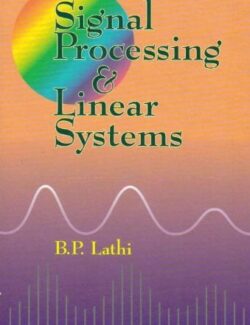
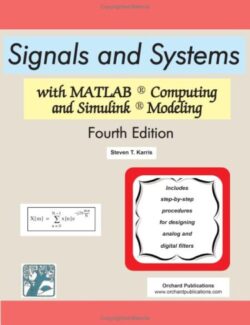
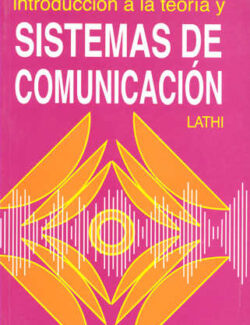



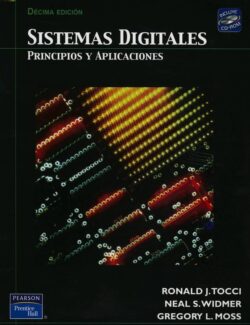
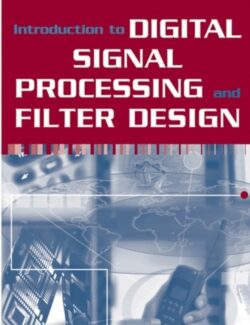
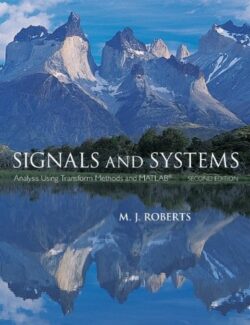


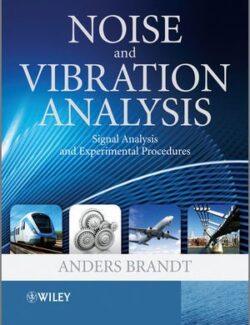

Déjanos un comentario
No hay comentarios